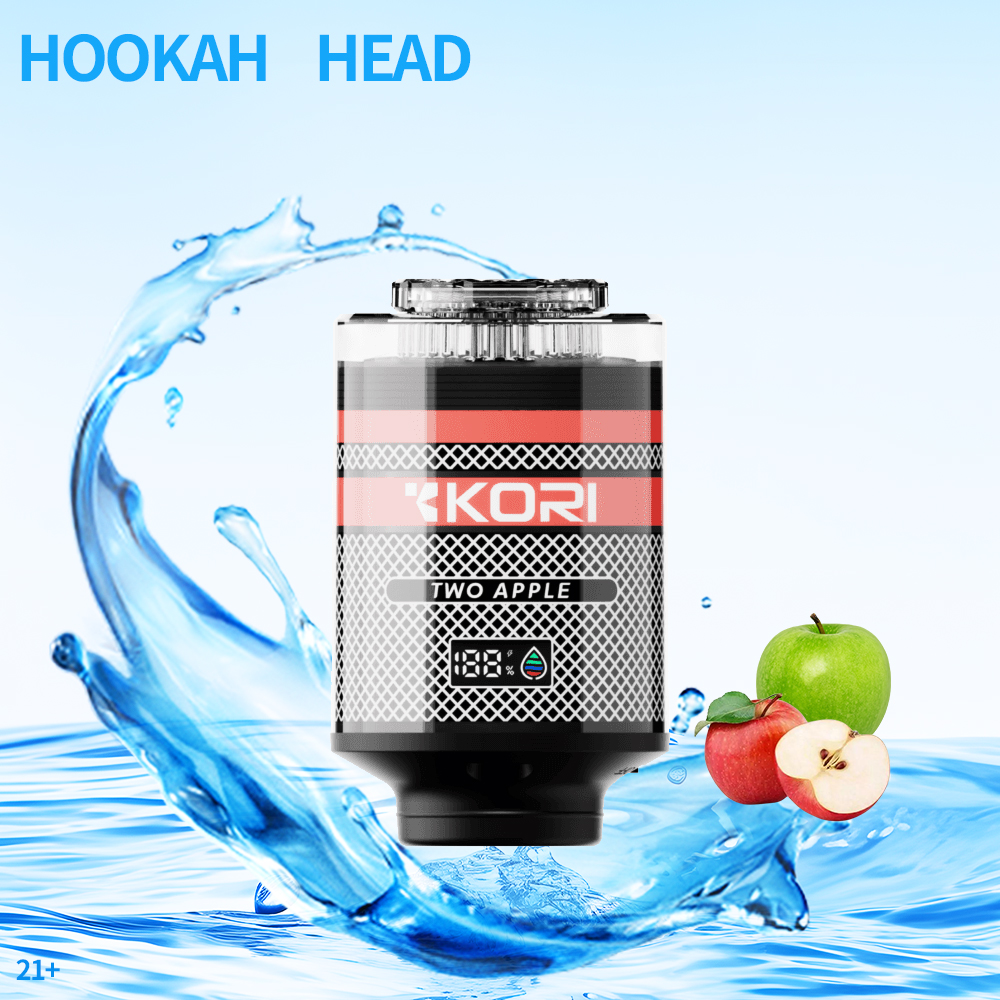Crafting a Winning Vape Shop Business Plan: A Comprehensive Guide
In recent years, the vaping industry has surged in popularity, creating a unique opportunity for entrepreneurs to delve into the world of vape shops. With an ever-increasing customer base and constant advancements in product technology, establishing a successful vape shop not only requires a passion for vaping but also a well-thought-out business plan. This article will walk you through essential components of a winning vape shop business plan, strategic marketing tactics, and financial budgeting tailored to your business needs.
Understanding the Vaping Market
The first step in developing your business plan is to gain an extensive understanding of the vaping market. Conducting comprehensive market research can provide insights into trends, target audience preferences, and demographics. Key factors to consider include:
- Market Size and Growth: Identify current market trends and projected growth rates. Researching reports from credible industry analysts can offer valuable data.
- Consumer Preferences: Diverse product preferences such as e-liquids, devices, and accessories can shape your inventory decisions.
- Competitor Analysis: Evaluating local competitors' strengths and weaknesses can help you position your vape shop effectively in the marketplace.
Defining Your Business Model
Once you have a grasp on the market, the next step is defining your business model. Consider the following options:
- Brick-and-mortar Store: This traditional model allows you to engage with customers directly and provide personalized service.
- Online Retail: An increasingly popular option, selling online offers vast market reach but may take time to build an audience.
- Hybrid Approach: Combining both brick-and-mortar and online sales can provide the best of both worlds, maximizing your exposure and sales potential.
Creating a Solid Marketing Strategy
An effective marketing strategy is crucial for attracting customers and ensuring your business stands out. Here are several key components to consider:
Brand Identity
Establishing a unique brand identity is essential. This includes designing a memorable logo, creating a consistent theme across all marketing materials, and developing a compelling value proposition that resonates with your target audience.
Digital Marketing
In the digital age, online presence plays a vital role in business success. Focus on the following digital marketing techniques:
- Search Engine Optimization (SEO): Implement keyword research to optimize your website’s content, making it easier for potential customers to discover your vape shop online.
- Social Media Marketing: Create engaging content that speaks to your audience on platforms like Instagram, Facebook, and Twitter. These channels can be used for promotions, product launches, and community engagement.
- Email Marketing: Regular newsletters can keep your customers informed about new arrivals, special promotions, and exclusive deals.
Product Selection and Procurement
The success of your vape shop heavily relies on your product offerings. Consider the following:
Product Range
Your inventory should encompass a variety of products to cater to different customer preferences. This can include:
- Various types of e-liquids in multiple flavors and nicotine strengths
- The latest vape devices and mods
- A selection of smoking accessories such as coils, tanks, and chargers
Sourcing Suppliers
Finding reliable suppliers is essential for maintaining product quality and inventory levels. Research vendors carefully and seek out those who have a proven track record. Establishing good relationships can lead to better pricing and terms.
Financial Planning
Creating a robust financial plan will help you manage your resources effectively and plan for future growth. Important considerations include:
Initial Startup Costs
Determine initial costs such as:
- Lease or purchase of retail space
- Renovation and decor expenses
- Initial inventory purchase
- Licensing and legal fees
- Marketing and advertising expenses
Ongoing Expenses
Consider your ongoing operational costs such as:
- Rent or mortgage
- Utility bills
- Employee wages
- Recurring inventory orders
- Marketing and advertising upkeep
Sales Projections
Forecasting sales will help you estimate revenues and shape your financial strategy. Analyze your market research and set realistic sales goals based on your business model.
Navigating Regulatory Compliance
The vaping industry is subject to numerous regulations. Ensure you’re knowledgeable about local, state, and federal laws governing the sale of vape products. This includes:
- Age restrictions for sales
- Labeling and packaging regulations
- Licensing requirements
Staying compliant is not only essential to avoid legal issues but also to build trust within your community.
Building a Customer-Centric Experience
Ultimately, customer satisfaction is the cornerstone of any successful business, including vape shops. Foster a customer-centric culture by:
- Providing knowledgeable product recommendations
- Hosting community events for vaping enthusiasts
- Creating a loyalty program that rewards repeat customers
By putting customers first and actively listening to their needs, you can build a dedicated clientele that will support your business for years to come.
With the vaping industry poised for growth, a well-structured business plan will not only position your vape shop for success but also equip you to navigate the challenges ahead. Explore every facet of the vaping business, invest time in detailed planning, and let your passion guide your entrepreneurial journey.





